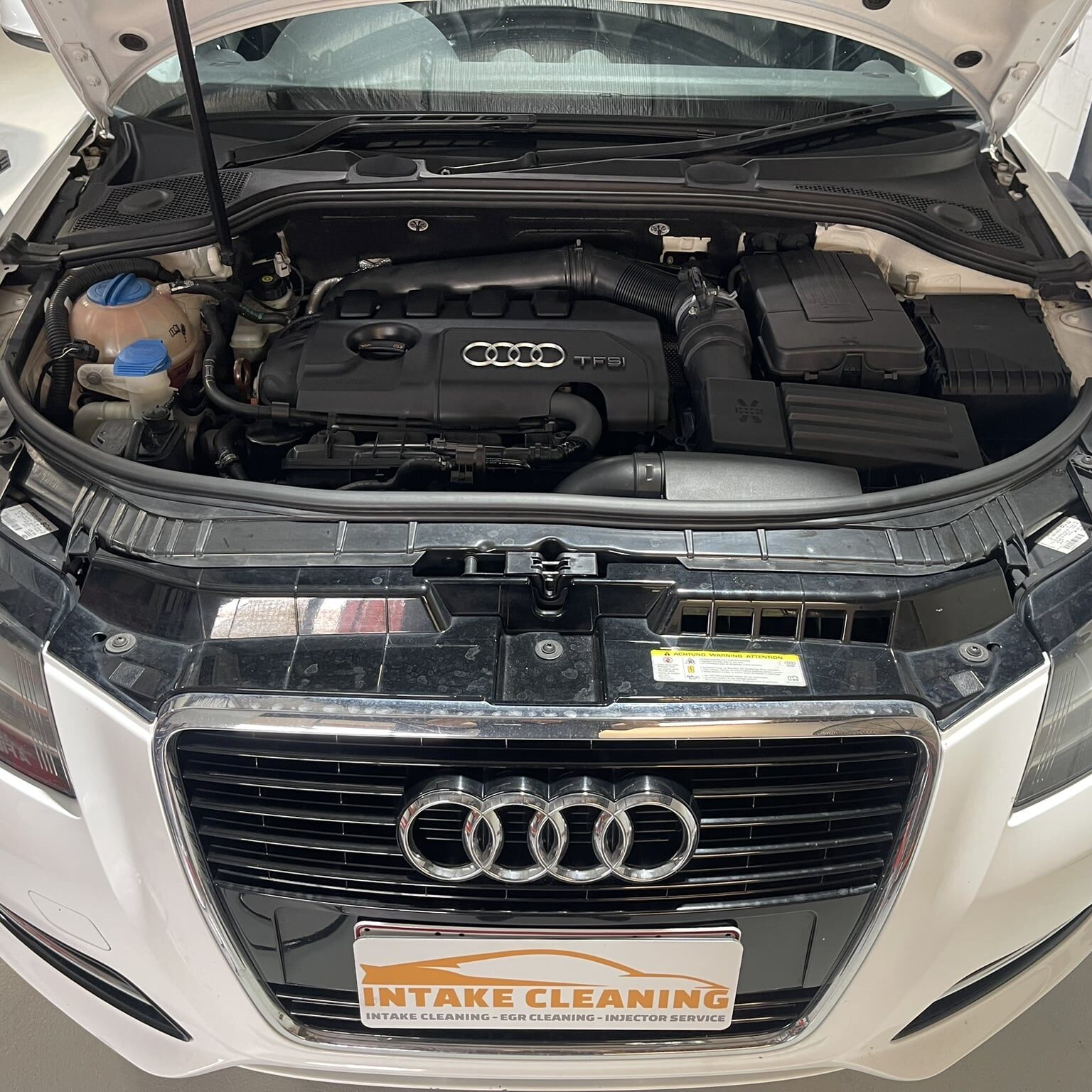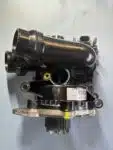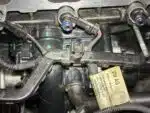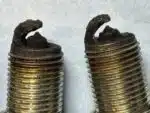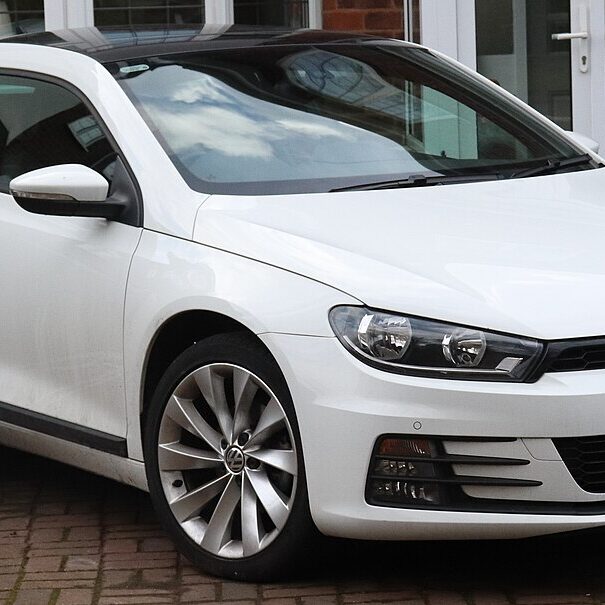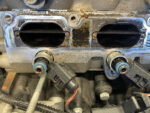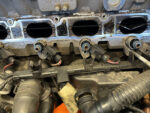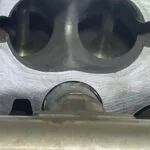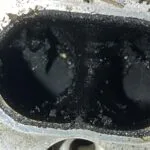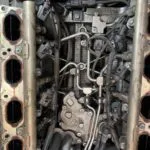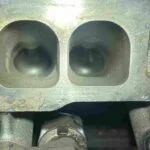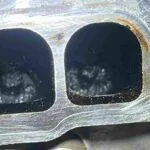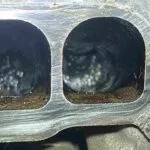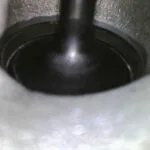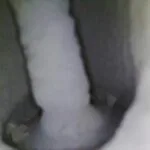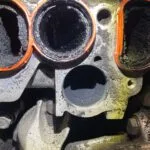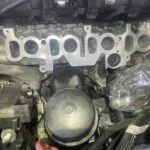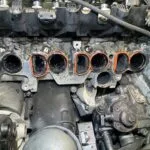We all know about buying a lemon, the car that just seems to be a hassle at every turn. It’s brand new and has given me nothing but trouble since day one. We have all heard of these stories. When it comes to engines that suffer from carbon buildup there are quite a few, do you own one of them?
Carbon build-up in intake systems is a continual concern for modern vehicles, especially as all are direct injection (DI) engines. This issue can lead to decreased performance, poor fuel efficiency, and expensive repairs if left unaddressed. In this comprehensive guide, we’ll explore which vehicles are most susceptible to carbon deposits, the underlying causes, and the best solutions for removal and prevention.
Why Modern Vehicles Are Prone to Carbon Build-Up
The advent of direct injection technology has revolutionised engine efficiency by delivering fuel directly into the combustion chamber. However, this design eliminates the natural cleaning effect of fuel passing over the intake valves, allowing carbon deposits to accumulate over time.
Key Contributing Factors
- Lack of Fuel Detergents: DI engines bypass the intake valves, preventing fuel’s detergent properties from cleaning carbon deposits.
- PCV Systems: Positive Crankcase Ventilation (PCV) systems recirculate oil vapours into the intake, leading to carbon formation.
- EGR Systems: Exhaust Gas Recirculation (EGR) valves introduce soot and hydrocarbons into the intake manifold, exacerbating the issue.
- Driving Habits: Frequent short trips or low-speed driving can lead to incomplete combustion and greater carbon deposits.
The Worst Vehicles for Carbon Build-Up
While carbon build-up can occur in any DI engine, certain vehicles and engine designs are particularly prone to this problem. Below is a list of the most notorious offenders:
Volkswagen/Audi TSI/TFSI Engines
Early generations of Volkswagen and Audi’s TSI/TFSI engines, such as the 2.0L and 1.8L variants, are infamous for intake valve carbonisation. Regular walnut shell blasting is often necessary to maintain performance.
BMW N54 and N55 Engines
BMW’s twin-turbocharged N54 and N55 engines deliver exceptional performance but are prone to significant carbon build-up, requiring periodic professional cleaning.
Mini Cooper 1.6L Turbo Engines
Shared technology with BMW means Mini Coopers, particularly those with 1.6L turbocharged engines, are also highly susceptible to carbon deposits.
Ford EcoBoost Engines
Ford’s EcoBoost lineup, including the 1.6L, 2.0L, and 3.5L engines, are known to accumulate carbon, particularly at higher mileage.
Hyundai/Kia Theta-II GDI Engines
The 2.4L Theta-II engines commonly found in Hyundai and Kia models experience notable carbon issues, affecting performance over time.
Mazda SkyActiv Engines
Early iterations of Mazda’s SkyActiv engines, before the adoption of dual injection systems, faced significant carbon build-up challenges.
Toyota’s Early DI-Only Engines
While Toyota’s D4-S technology (combining port and direct injection) mitigates the problem, older DI-only engines like those in the Lexus IS250 were prone to carbon deposits.
General Motors LNF and LTG Engines
Turbocharged engines in Chevrolet, Holden and Cadillac models, such as the Cruze and ATS, often require intake valve cleaning as part of regular maintenance.
CARBON REMOVAL GALLERY
Solutions to Carbon Build-Up
At Intake Cleaning, we specialise in removing stubborn carbon deposits from modern engines. Here are some proven methods:
Walnut Shell Blasting
This process uses crushed walnut shells to gently but effectively clean intake valves without damaging components. It’s one of the most popular services for tackling carbon deposits.
EGR Valve Cleaning
Cleaning the EGR valve helps reduce the introduction of soot and hydrocarbons into the intake system, mitigating future carbon build-up.
Oil Catch Can Installation
An oil catch can traps oil vapours before they enter the intake system, significantly reducing the potential for carbon accumulation.
Injector Service and Replacement
Ensuring fuel injectors are clean and functioning optimally can improve combustion efficiency, reducing carbon deposits.
Port Carbon Cleaning
For vehicles with dual injection systems, cleaning the port injectors can restore fuel efficiency and performance.
Preventing Carbon Build-Up
While carbon deposits are a common issue in DI engines, several strategies can minimise their impact:
- Use High-Quality Fuels: Premium fuels with detergents help reduce carbon formation.
- Regular Maintenance: Schedule periodic cleaning services, including intake cleaning and valve inspections.
- Modify Driving Habits: Incorporate higher RPM driving occasionally to reduce soot build-up.
- Install Preventive Devices: Oil catch cans and PCV valve upgrades are effective long-term solutions.
Why Choose Intake Cleaning?
At Intake Cleaning, we’re dedicated to helping Australian vehicle owners maintain optimal engine performance. Our specialised services, such as walnut shell blasting, EGR valve cleaning, and turbocharger carbon removal, ensure your engine stays clean and efficient. For more tips check out our FAQs.
Carbon build-up in intake systems is a common yet preventable issue for modern vehicles, particularly those with DI engines. By identifying at-risk models, utilising effective cleaning solutions, and adopting preventive measures, you can prolong the life of your engine and maintain peak performance.



